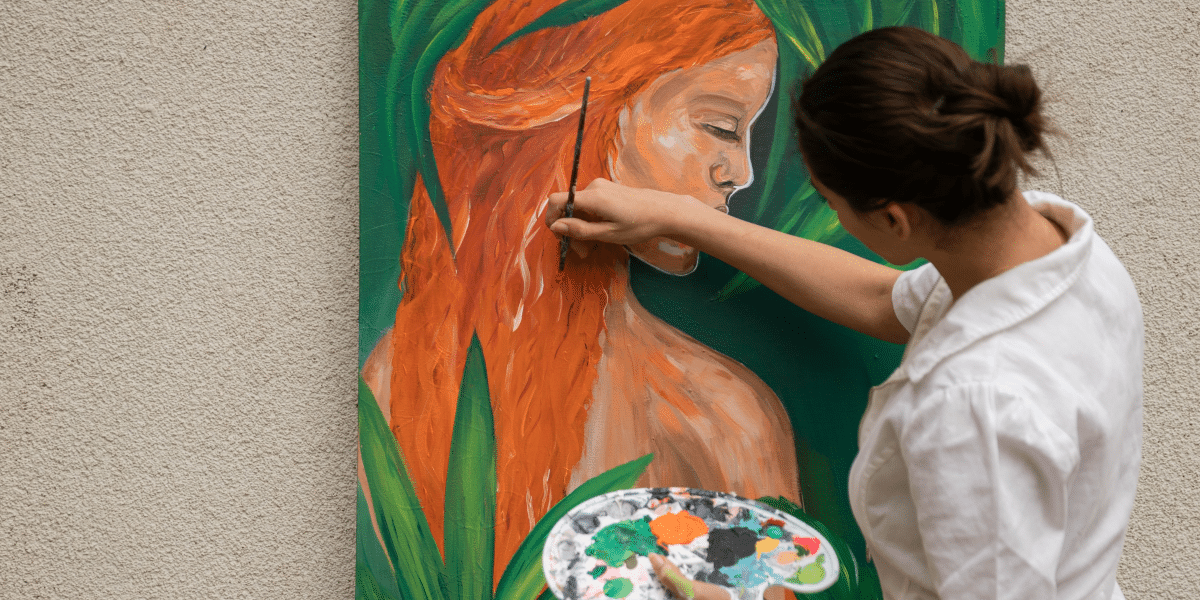From tie-dyed hippies to sleek modern minimalists living in tiny houses, America has always had a rebellious streak. Countercultures throughout history offer a fascinating glimpse into groups who buck the status quo, challenge mainstream values, and create their own communities on the fringes of society. Let’s take a whirlwind tour of some iconic American counterculture movements and the modern-day rebels carrying on the tradition.
With their poetry, jazz music, and passionate rejection of 1950s conformity, the Beat Generation embodied post-WWII restlessness. Jack Kerouac, Allen Ginsberg, and their crew embraced freewheeling road trips, experimented with drugs, and explored spirituality beyond traditional boundaries. While sometimes critiqued as romanticizing poverty and problematic in their portrayal of women, the Beats became symbols of nonconformity that still resonate today.
“The Beats railed against the stifling materialism and emptiness they saw in middle-class American life,” explains a literary historian. “Their work was raw, often messy, but powerfully challenged people to question the meaning of the ‘American Dream’.”
The 1960s brought a full-blown counterculture explosion. Hippies rejected war, embraced communal living, advocated for environmentalism, and found freedom in psychedelic drugs and rock and roll. Images of Woodstock, VW vans painted in wild colors, and long-haired men and women in bellbottoms epitomized this era of rebellion.
The hippies left a lasting legacy on attitudes about environmentalism, questioning authority, and pushing boundaries of sexual freedom. “The hippie movement was a powerful statement against blind patriotism and the idea that you should follow a path just because that’s what’s expected,” says a professor of American cultural history.
As the hippie era waned, a subculture emerged that retreated to rural life. Inspired by a desire for self-sufficiency, environmentalism, and a distrust of the government, people formed communes, embraced farming, and aimed to live a simpler, more connected existence. This movement, while not purely a counterculture, represented a rejection of the materialist, consumer-driven vision of mainstream American society.
With their torn clothes, mohawks, and blistering music, punks in the 1970s and 80s defied mainstream music and fashion. Punk embodied a DIY ethos, creating communities through underground shows, zines, and a shared anger towards societal hypocrisy and inequality. It was raw, rebellious, and tapped into a sense of youthful disillusionment that still exists today.
Modern-Day Countercultures
The dream of the giant house with a white picket fence has lost its luster for many. Tiny house folks prove that happiness doesn’t equal square footage. With their meticulously designed small spaces, they challenge the notion that you must accumulate more stuff to be fulfilled. It’s more than a trend; it’s a conscious rejection of the constant pressure to upgrade and buy more.
Then there’s the folks who take independence to the next level. Imagine ditching your utility bills, growing your own food, or powering your home with solar panels. Whether it’s full-on homesteading in a remote cabin or embracing the nomadic #vanlife, these off-the-grid lifestyles represent a desire to break free from traditional systems, and a belief that a fulfilling life doesn’t necessarily need a traditional address.
Forget organized religion; there’s a whole boom of people on deeply personal spiritual quests. They’re getting their tarot cards read, incorporating meditation practices from various traditions, and embracing crystals alongside whatever speaks to them. The New Age spirituality movement is all about individual meaning-making, defying religious dogma, and seeking something that mainstream traditions might not offer. “The rise of individualized spirituality reflects a desire to find connection and deeper meaning, but on your own terms,” observes a scholar of religious trends.
While countercultures differ wildly in their beliefs and lifestyles, they share a desire to live outside the mainstream. Sometimes, it’s about radical politics. Other times, the rebellion is quieter – a rejection of the relentless focus on achievement, material possessions, and the neatly defined paths society sets before us.
“Countercultures often act as society’s conscience,” says a sociologist specializing in subcultures. “They force us to question assumptions, explore alternative ways of living, and can sometimes spark broader societal change.”
Examining counterculture movements isn’t just about nostalgia or curiosity. They can offer insights into specific historical moments, reveal dissatisfaction bubbling beneath the surface of society, and inspire new ways of thinking outside the confines of the mainstream. Whether we look back at the Beats, embrace aspects of modern movements, or are just fascinated by those who choose the path less traveled, countercultures offer a valuable lens to analyze the ever-changing complexities of American society.







